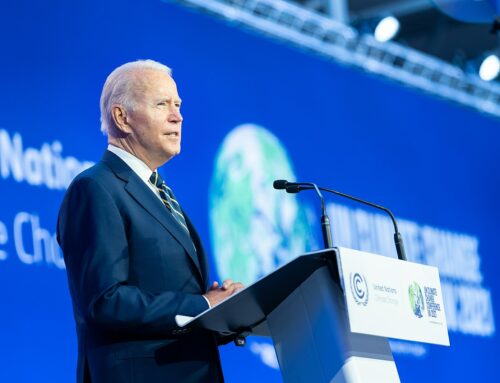by Greg Walcher, E&E Legal Senior Policy Fellow
As appearing in the Daily Sentinel
When California passed legislation banning the sale of gas-powered vehicles by 2035, and 14 states prepared to follow suit, many observers questioned the practicality of the lofty goal. There are not enough electric cars made in the world to replace California’s 30 million cars, nor the batteries, charging stations or disposal facilities.
That gets to the heart of the debate about electric vehicle subsidies, a debate with an ironic history. Congress created the subsidy — a $7,500 tax credit for electric car buyers — with good intentions, namely, an attempt to bolster a fledgling industry to become competitive with Ford, GM and Toyota.
Here is the irony. Congress created the subsidy with the understanding that once a manufacturer was large enough to compete, the tax credit would go away. That success was determined by a 200,000-vehicle limit. Once a company sold that many cars, it was deemed competitive, no longer in need of subsidies. But what happened when one company took advantage of the incentive, spent millions to gear up production, and broke into the market? Tesla became a major success story, the subsidy clearly accomplishing its purpose. The company has sold nearly two million electric cars and earns over $30 billion in annual revenue.
However, once Tesla proved the market for electric vehicles, all the other manufacturers finally decided to get in the game, none of whom had yet sold 200,000 electric cars. So, the tax credit became a subsidy for Ford, GM Toyota and other manufacturers — but not Tesla. And Tesla wound up lobbying to change the very law to which it owed its success, at least partly.






